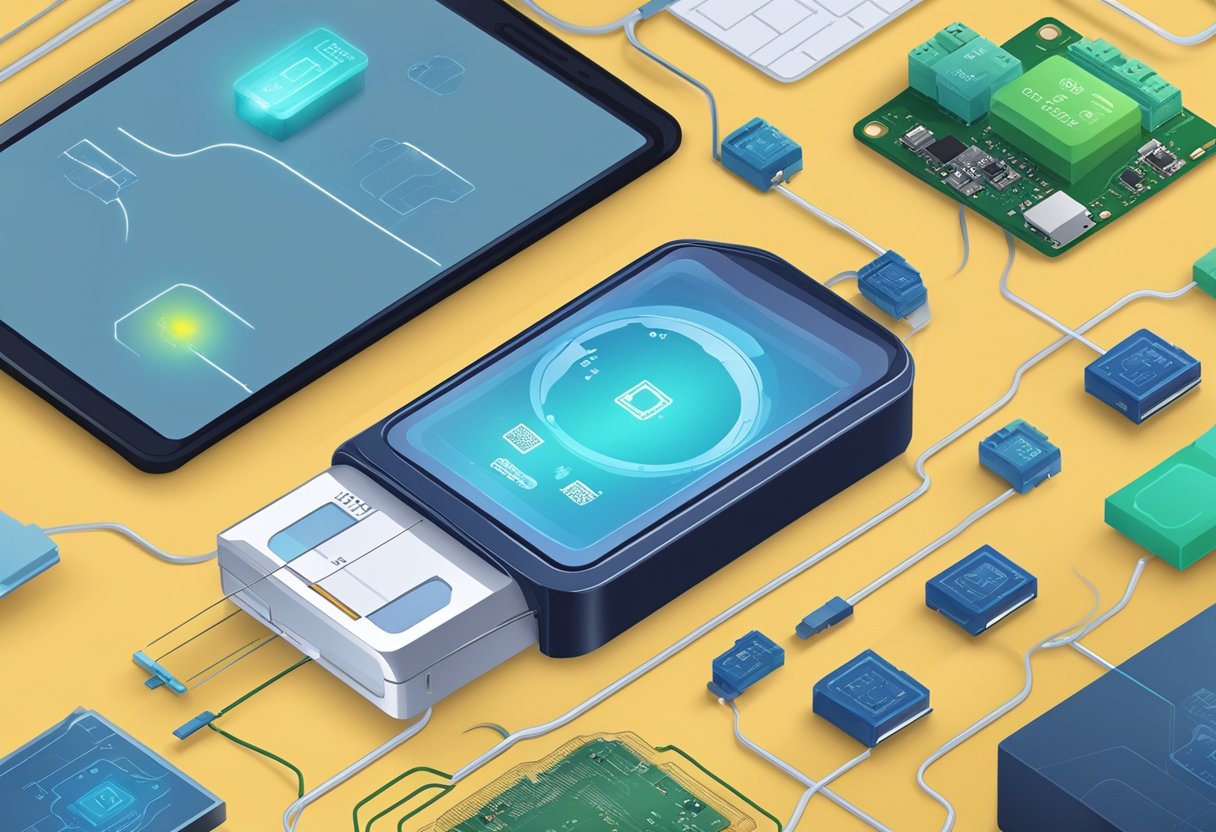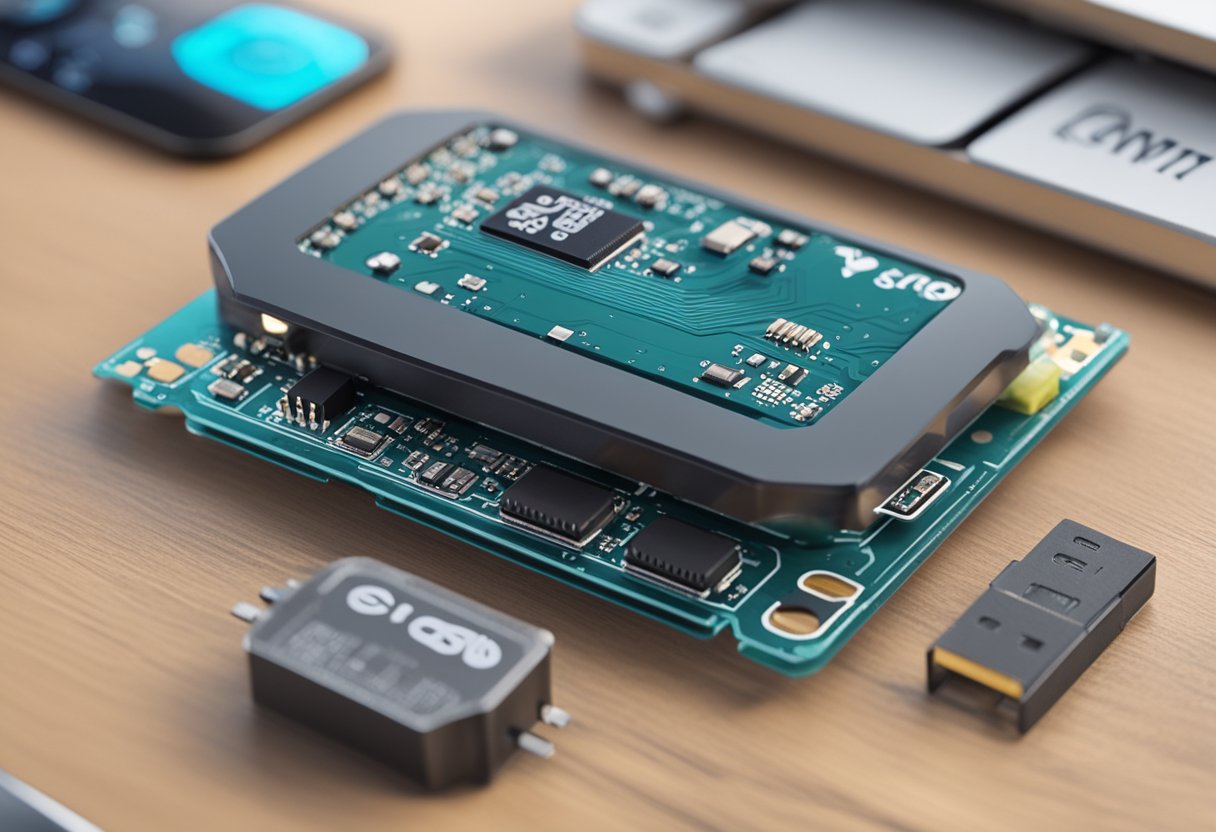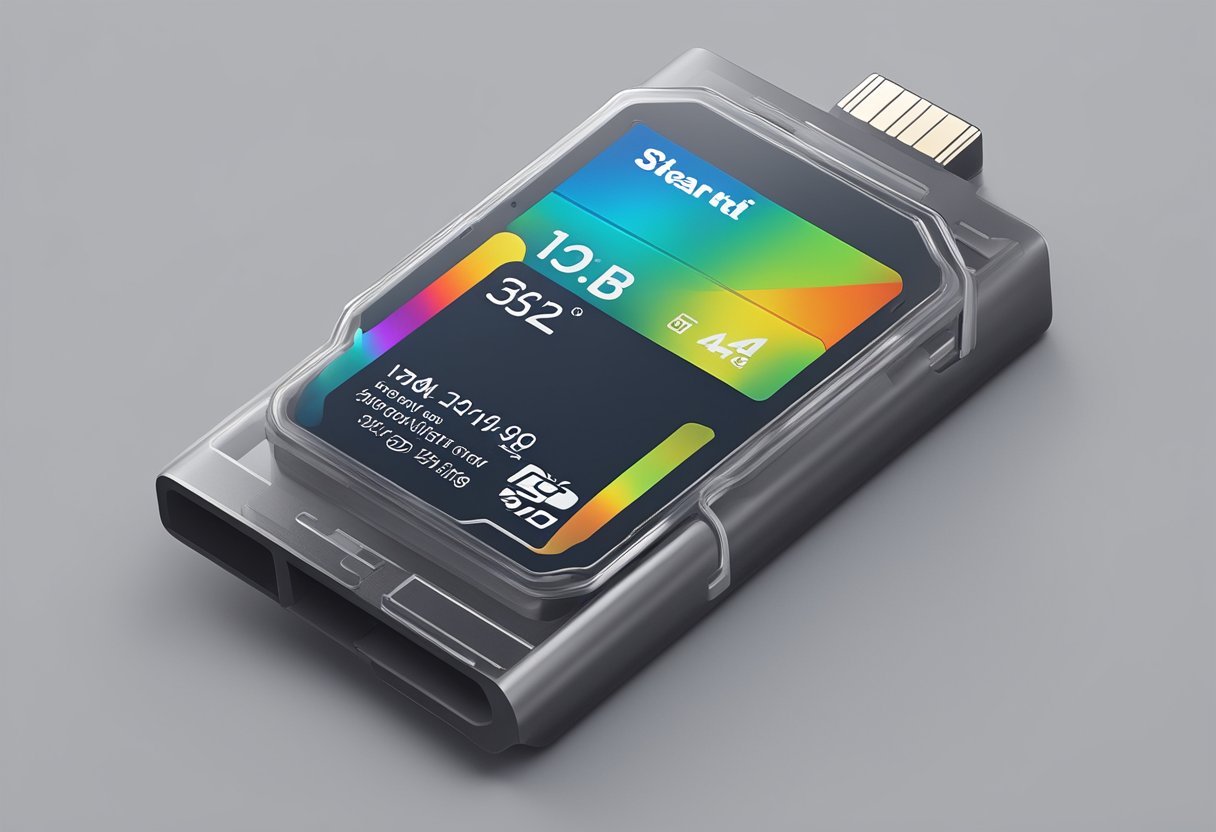The advent of the Internet of Things (IoT) has brought about an unprecedented level of interconnectivity between devices across various industries, and with this, the need for robust storage solutions.
IoT SD Card Health Monitoring is a vital aspect of IoT systems, ensuring the reliability and longevity of the data storage components.
These storage solutions, particularly SD cards used in IoT applications, must withstand the relentless demands of continuous data writing and erasure without succumbing to early failure.
The importance of monitoring the health of SD cards in IoT devices cannot be overstated. It is a fundamental part of maintaining the integrity and availability of crucial operational data.
SD cards in IoT devices encounter unique challenges, such as fluctuating environmental conditions, power irregularities, and intensive data write cycles, all of which can impact their performance and lifespan.
Innovations in health monitoring techniques for SD cards aim to preemptively identify potential issues and provide actionable insights to maintain optimal function.
Key Takeaways
- IoT SD Card Health Monitoring ensures data storage reliability in interconnected devices.
- Monitoring SD card health is critical for data integrity in diverse IoT applications.
- Advanced techniques and best practices are adopted to extend the longevity of SD cards in IoT.
Understanding IoT and SD Card Integration

In the realm of IoT, SD cards play a critical role as reliable storage mediums, ensuring both the longevity and integrity of data in a wide array of devices.
The Role of SD Cards in IoT Devices
SD cards serve as an essential component for data storage in IoT devices. They provide the flexibility to store substantial amounts of data locally, which can be crucial for devices operating in environments with intermittent connectivity.
The use of SD cards facilitates seamless device integration, enabling a versatile approach to enhancing performance while maintaining data integrity.
Additionally, the non-volatile nature of SD cards contributes to the overall reliability of the IoT system.
- Lifespan: SD cards are designed with a certain number of write cycles, beyond which the risk of failure increases. For IoT devices, choosing high-endurance cards is vital to ensure ongoing functionality.
- Data Storage Capacity: Depending on the application, IoT devices may generate large volumes of data. SD cards are available in a range of capacities, allowing for appropriate sizing according to the device’s needs.
- Performance: High-performance SD cards can significantly reduce the data transfer time, improving the overall efficiency of IoT systems.
- Reliability and Data Integrity: SD cards used in IoT devices must be capable of withstanding extreme conditions while ensuring the integrity of the data they hold.
IoT SD Card Health Importance
Monitoring the health of SD cards within IoT devices is crucial for maintaining system reliability and data integrity.
- Predictive Maintenance: By tracking the health of an SD card, one can predict impending failures and proactively replace cards before they corrupt data or bring systems to a halt.
- Performance Analytics: Regular monitoring allows assessment of performance trends over time, hence, ensuring that the SD card is operating within desired parameters.
- Data Integrity: Protecting the data’s integrity often hinges on the health of the SD card, making it imperative that the card’s condition is regularly evaluated and managed accordingly.
- Cost Management: Understanding SD card health can also be an efficient way to manage costs, as it helps avoid unexpected device downtime and data loss.
Factors Affecting SD Card Health in IoT

SD card health in IoT devices is influenced by factors such as the number of write cycles it undergoes and the environmental conditions it is exposed to. Understanding these can lead to better maintenance and longer card life.
Wear and Tear Due to Write Cycles
Each SD card has a finite number of write cycles that it can endure before it starts to degrade. The write cycles refer to the process of adding new information to the card. They are a critical metric for measuring durability.
High write speeds can lead to quicker accumulation of write cycles, decreasing the SD card’s lifespan.
It is important for IoT devices, which often write data to SD cards frequently, to be designed with high-quality cards that can withstand a large number of write cycles.
Impact of Environmental Conditions
Environmental conditions have a significant impact on SD card health.
Exposure to extreme temperature fluctuations can cause materials within the SD card to expand and contract, potentially leading to physical damage.
Harsh environments with high humidity levels or volatile temperatures can accelerate wear and tear. Therefore, SD cards used in outdoor IoT applications or in industrial settings should be rated for such conditions to ensure their continued function and durability.
SD Card Health Monitoring Techniques

SD Card Health Monitoring Techniques ensure data integrity and prolong the life of SD cards by utilizing a combination of Early Detection and Predictive Maintenance, alongside Real-Time Monitoring and Error Logging.
These techniques involve meticulous data analysis, predictive analytics, and the use of Error Correction Codes (ECC) to enhance performance optimization.
Early Detection and Predictive Maintenance
Early Detection in SD card health monitoring involves analyzing data trends to predict potential failures before they occur.
Predictive Maintenance leverages these insights to preemptively address issues, reducing downtime and ensuring optimal performance.
By identifying abnormal patterns, such as frequent read/write errors or fluctuations in data transfer speeds, health monitoring systems enable preemptive actions to maintain the integrity and longevity of the storage device.
Real-Time Monitoring and Error Logging
Real-Time Monitoring is crucial for maintaining SD card health, providing immediate visibility into the card’s operational status.
It tracks the card’s performance continuously, flagging any unexpected behavior.
Error Logs are integral to this process; they record incidents that deviate from the norm, allowing for prompt investigation and resolution.
Performance optimization is achieved by analyzing these logs and making necessary adjustments to the system, preventing data loss and ensuring reliability.
Best Practices and Technologies for Optimization

Optimal performance and longevity of IoT devices using SD cards hinge on selecting premium storage media and implementing robust data management strategies.
These are critical to ensuring data integrity, operational efficiency, and the durable nature of the system.
Selecting High-Quality SD Cards
When it comes to SD cards, prioritizing durability and performance benchmarks can greatly enhance the longevity and reliability of IoT devices.
One must opt for cards with high endurance ratings and advanced wear levelling technology.
The wear levelling process evenly distributes data across the card to mitigate premature wear-out.
Furthermore, cards designed for industrial applications tend to have a higher level of innovation and are built to withstand extreme temperatures and robust operation cycles.
Implementing Effective Data Management
Data management in IoT devices should focus on maintaining data integrity and operational efficiency.
This involves setting up regular backups to prevent data loss and employing a proactive approach to monitor the health of the SD card.
Proactive measures can include using software that tracks the card’s performance and error rates, as well as predicting potential failures before they occur.
Adequately implemented, these strategies can also streamline data processing and support, ensuring the system remains efficient and dependable throughout its lifespan.



